Iron
•Last Updated: December 18, 2023
Iron is an essential mineral best known for helping red blood cells to carry oxygen. Except in the case of deficiency, iron supplementation has no proven benefit; on the contrary, it can lead to side effects and increased oxidative stress.
Iron is most often used for.
Last Updated:December 18, 2023
1.^Iron Fact Sheet for Health Professionals. MedlinePlus. National Institutes of Health (NIH) Office of Dietary Supplements (ODS). Updated 2023 Jun 15; cited 2023 December 5.()
2.^Baker RD, Greer FR,Diagnosis and prevention of iron deficiency and iron-deficiency anemia in infants and young children (0-3 years of age).Pediatrics.(2010-Nov)
3.^Baker et al.Diagnosis and Prevention of Iron Deficiency and Iron-Deficiency Anemia in Infants and Young Children (0–3 Years of Age)Pediatrics.(2010-11-01)
4.^Aksu T, Ünal ŞIron Deficiency Anemia in Infancy, Childhood, and Adolescence.Turk Arch Pediatr.(2023-Jul)











